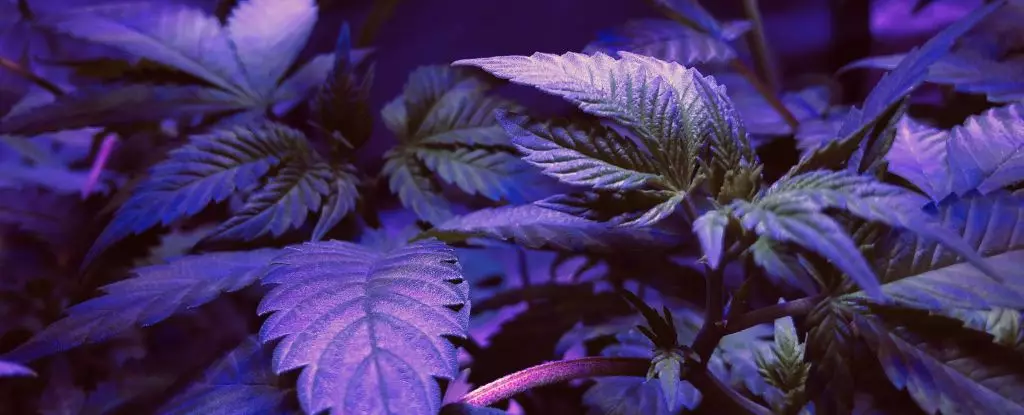When considering the possibility of finding extraterrestrial life, scientists acknowledge that the characteristics of potential alien worlds may differ significantly from our own Earth. While it is challenging to predict the exact nature of alien life, Earth can provide valuable insights. Some organisms on our planet have adapted to survive in extreme environments that are hostile to most life forms. This raises the question: what might alien plant life look like?
On Earth, the presence of a variety of photosynthetic organisms offers a glimpse into the potential diversity of alien plant life. While many terrestrial producers contain green chlorophyll for survival, there are photosynthetic bacteria that thrive in low-light conditions and exhibit a purple hue to optimize infrared radiation absorption. These purple bacteria can thrive in diverse environmental conditions, making them strong contenders for dominating alien worlds. If not in competition with green plants, algae, and bacteria, these organisms could flourish under the light of a red sun, creating optimal conditions for photosynthesis.
The majority of stars in the Milky Way galaxy are red dwarf stars, emitting less heat and light than our Sun. Scientists speculate on the possibility of life emerging on exoplanets orbiting red dwarf stars, contemplating the potential appearance of such life forms and the methods for their detection. Researchers at the Carl Sagan Institute are dedicated to cataloging various life forms and imagining how they would appear from a distant vantage point. On Earth, chlorophyll-a is the predominant photosynthetic pigment found in plants and cyanobacteria, indicating the interconnectedness of these organisms.
In an environment with different light conditions, alien life forms could evolve distinct characteristics to harness light energy efficiently. Using biopigments such as carotenoids, some bacteria on Earth thrive on red and infrared light, employing simpler light-harvesting systems compared to plants. These bacteria, with their unique pigments, could give rise to vivid colors on alien worlds under specific surface and atmospheric conditions. Depending on the species of bacteria, the microbes may exhibit varying hues of orange, red, or brown, potentially visible from afar.
Just as Earth’s vegetation includes a spectrum of green shades, alien worlds could host a range of colors indicative of photosynthetic activity. If another planet develops a rich ecosystem resembling Earth’s purple bacteria, scientists may have the means to detect it based on the distinct hues produced by carotenoids. By studying these unique biological signatures, researchers aim to unveil the mysteries of alien plant life and broaden our understanding of the possibilities present in the vast universe. As astrobiologist Lisa Kaltenegger of the Carl Sagan Institute expresses, this exploration opens our eyes to the captivating worlds that surround us.


Leave a Reply